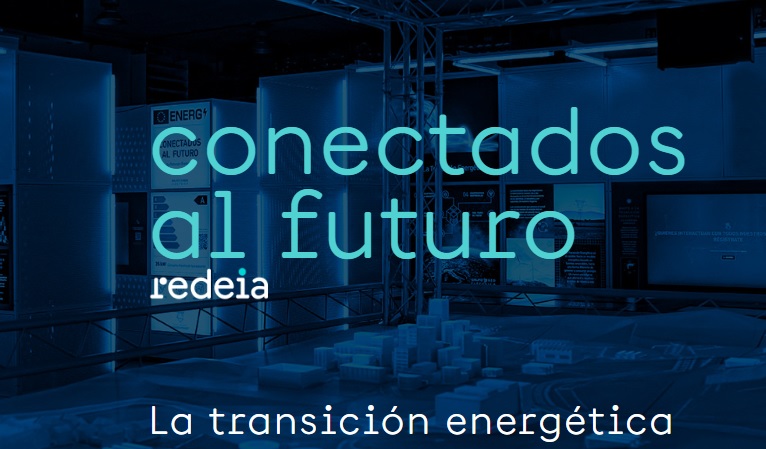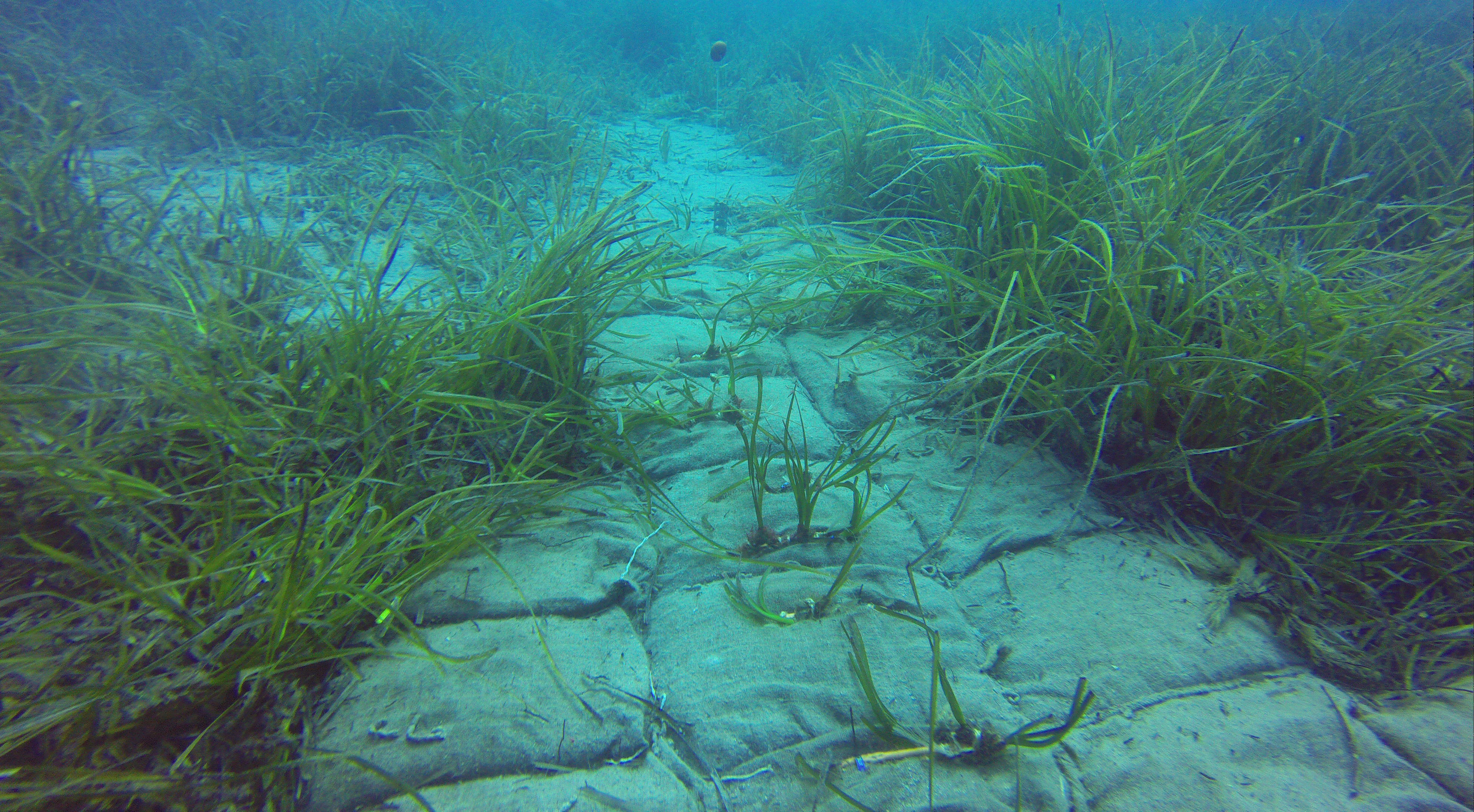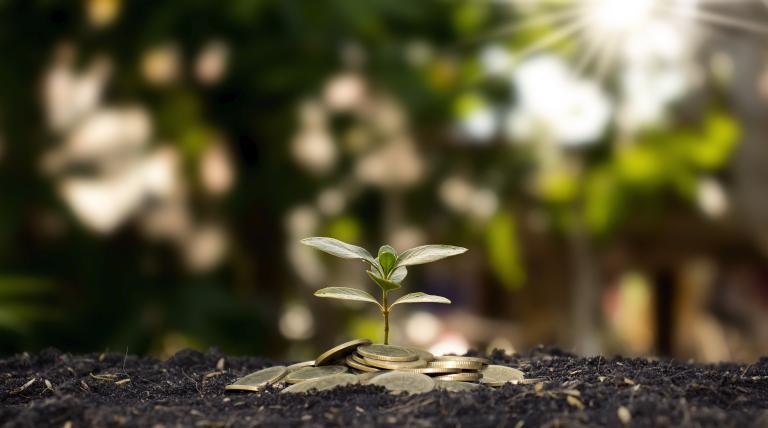We are a global operator of essential infrastructure
A roadmap addressing six priorities in circular economy
We are aware of our driving role to promote the circular economy. Our commitment is to become a leading company in the efficient use of resources by 2030. Therefore, we have established specific and measurable objectives in six priority areas.

In order to reduce the consumption of raw materials and prioritise the use of recycled, recyclable or reusable products, it is necessary to make progress on issues related to establishing eco-friendly designs and the consideration of environmental impacts throughout the life cycle of equipment and materials. This progress will only be possible through collaborations with other key actors (mainly our suppliers) while promoting innovation and technological development.
In this regard, we developed a methodology for analysing the life cycle of supplies to assess aspects related to the circular economy, climate change, and water footprint, as well as to encourage the acquisition of more sustainable supplies.
Our goal is to produce zero waste (0% waste to landfills), and we are close to achieving it. In 2024, 94.3% of the total waste was recycled, regenerated, or used for energy recovery.
When it comes to waste, we always analyze and try to restructure or redesign all our processes to eliminate and/or reduce waste from the outset. However, our waste generation is related to the number of construction and maintenance activities of the transmission grid carried out each year, so it is difficult to predict its evolution. Furthermore, the development of these activities is essential for the security of the electricity system or facilities and even to reduce environmental risks, which is why they cannot be limited.
We conduct yearly waste audits to identify the location, the type and the amount of waste generated by our processes. This waste assessment is used to identify measures that are included in an action plan and that are implemented in accordance with an established deadline and priority. Due to the nature of our activity our objective is mainly focused on completely reducing waste whose final destination is a landfill site by measures to reduce the generation (such as R&D projects to treat contaminated groundwater or soils, 0% single-use plastics, 100% of reusable packaging in the supply of equipment and materials or the installation of composters for organic waste in work centres) or by recycling programs (such as the requirements in tenders regarding waste management and the provision of service or the use of reusable packaging).
Thanks to the efforts made in 2024, it has been possible to meet the reduction targets for non-hazardous and hazardous waste (1.96% and 1.41% reduction compared to 2023, respectively).
Once again, in 2024, Red Eléctrica's goal of zero waste to landfill was met.
Adequate equipment maintenance is carried out with strict procedures to reduce potential incidents. Furthermore, we have containment systems and emergency response protocols that allow us to respond promptly to accidental spills.
At Red Eléctrica substations, we have measures to reduce, control, or completely eliminate identified potential risks. It is worth mentioning:
- Soil and groundwater characterisation.
- Intensification of inspections at high-risk facilities.
- Blue Filtering Project: installation of hydrocarbon separator filters at the outlet of oil collection tanks.
- Definition of an internal procedure for the removal of insulating fluid from out-of-service fibre optic cables.
Water consumption in Redeia is very low, and it is limited to domestic activities such as toilet facilities, non-industrial building cleaning, and garden irrigation, and is not currently considered a material issue for Redeia.
Nevertheless, constant monitoring of the information is carried out, and the data for 2024 are as follows:
| Total water withdrawal (m3) | 28,343 |
| Head office | 7,600 |
| Other work centres | 20,744 |
| Total water withdrawal by source (%) | 100% |
| Municipal supply networt | 71.5% |
| Wells | 23.1% |
| Cistern | 5.4% |
| Total water discharge by destination (m3) | 28,343 |
| Municipal sewer system | 28,343 |
| Watercourses | 0 |
However, aware of the growing scarcity of water and the risks it poses to society, Redeia remains committed to continuing to implement efficiency measures that result in reduced consumption, as it has been doing over the past few years. To this end, the Company established the ‘Responsible Water Management Programme, which has been reviewed by the Company's main governing bodies. Within the framework of this programme, the company analyses trends in its indicators. Besides, it conducts annual audits of monthly consumption by facility to determine the origin of the water used, its main uses, and the existence of leaks or human error. This information serves later to identify the responsible consumption measures that make up the Responsible Water Management Action Plan, which are implemented in accordance with the established deadline and priority.
The Action Plan currently includes more than 140 savings measures to be implemented in all the Group's facilities in order to meet the 2030 goal of 6.5m3/ employee of Redeia. It includes:
- Automatic leak warnings.
- Installation of dual-flush cisterns, taps with timers, and flow meters.
- Automated drip irrigation with water sensors.
- Replacement of species with local ones.
The implementation of the reduction measures during 2024 has resulted in a reduction of 6,500 m3 of water in work centers and substations has been observed.
In addition to reduction measures, Redeia seeks to reuse and recycle water. A pilot project for water recycling is being carried out to supply water, in quality and quantity, to the electrical substations. To this end, it has patented a prototype unit for the collection and use of atmospheric water, based on proprietary technology, which is currently under development.
The company has also designed and assembled a set of equipment necessary to quantify and reuse the condensation wastewater from air-conditioning units. After applying treatment and purification measures to the quality of the wastewater from this equipment, it is possible to use it in bathing and irrigation cisterns.
These systems have already been implemented in several substations such as Almodóvar del Río, Santa Elvira, Puerto de Santa María y Tabernas. The estimated savings amount to 1,000 m3.
Our suppliers are directly involved in our activities. Therefore, our contribution to sustainable development is closely linked to the selection and management of our suppliers. In this regard, we have identified potential criteria and requirements related to circularity and climate change to be included in our tenders. We have also developed our methodology for life cycle analysis (LCA) and prepared a matrix for assessing the LCA of supplies for their inclusion in future purchasing processes.
Furthermore, we reuse equipment and materials to the extent possible when they reach the end of their useful lives.
One of the pillars of our climate change commitments is to undertake energy efficiency at all levels.
To identify areas with significant energy use and define measures to achieve savings or use renewable energies, we conduct energy audits every four years on at least 85% of our energy consumption (including fuel and electricity) and we are ISO 50001:2018 certified in several of our main buildings. The savings of the identified measures are incorporated into the Climate Change Action Plan, establishing quantified consumption reduction targets. These actions, covering from replacement of equipment with more efficient ones, improvements in the thermal insulation, building energy management, renewable fleet renewal or employee awareness, are implemented in accordance with the established deadline and priority, and in case of deviations detected in the periodical monitoring, corrective actions are carried out.
We are also working on R&D&I projects for the use of portable hybrid solar panels (photovoltaic and thermal) instead of off-grid generators if the sub-station does not yet have an electrical connection to the distribution network. This allows us to avoid the consumption of fossil fuels while using energy from renewable sources.
We also have a Sustainable Mobility Plan that is distributed to all employees to generate a new culture in the company. We seek to have a 100% electric or hybrid fleet where this is not possible due to business reasons, we make routes more efficient and rationalize the use of private vehicles for transportation to work centers.
We have an essential role in the integration of renewable energies into the Spanish electricity system as a whole and we are committed to the use of these energies to cover the energy consumption of our facilities. Most of the electricity supply contracts we manage have renewable energy guarantees (GdO) or international green energy certificates (IRECs), although we are working to include these clauses in the rental conditions.
In relation to the use of renewable energy for self-consumption in our work centers, we are making headway in the progressive incorporation of solar thermal energy installations for domestic hot water (DHW), and we have three buildings with air conditioning installations based on geothermal energy an 18 with photovoltaic. In 2024 we have carried out feasibility studies in all our work centers to implement new photovoltaic systems wherever possible. The implementation of these systems will begin in the short term.
We have set efficiency objectives and reduction of emissions associated with electricity consumption:
- Red Eléctrica’s targets (compared to 2015)
- Reduction of emissions associated with electricity consumption: 90% by 2030.
- Reduction of electricity consumption in work centres: 30% by 2030.
- 2023-2025 targets (compared to 2019) in the Group
- 10% reduction in electricity consumption by 2025
These objectives feed into the Sustainability 2030 objectives.














